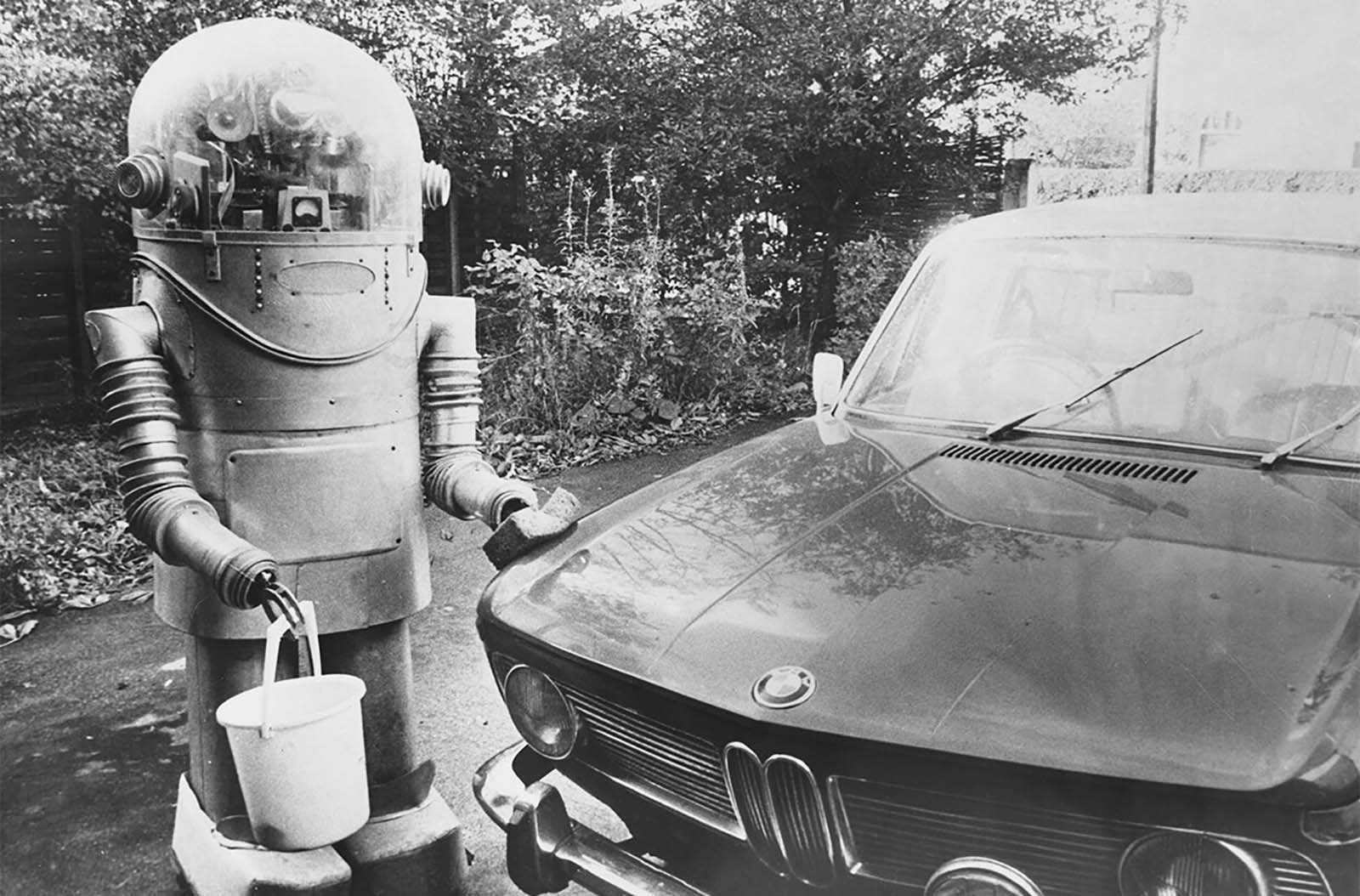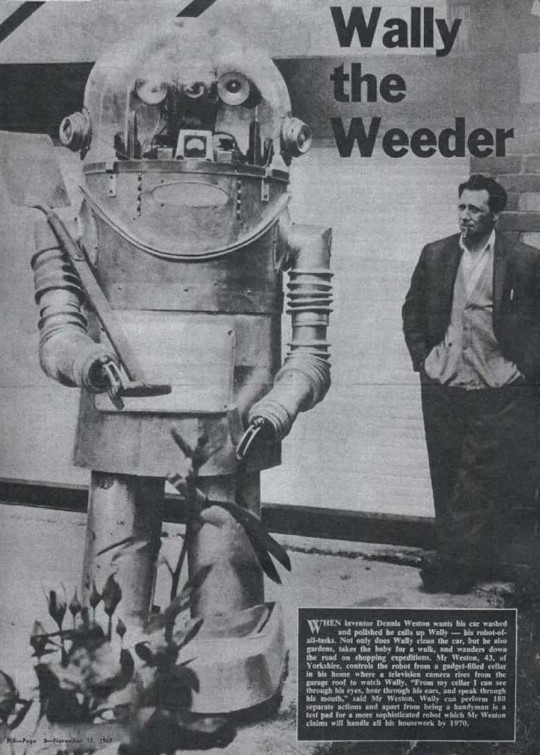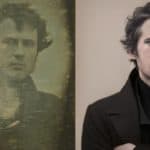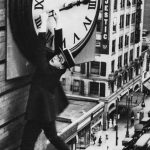Many kids who grew up in the era of sci-fi movies developed wild ideas about the future, picturing sidewalks that moved like treadmills, schools floating in the sky, and family-sized flying saucers to get around.
While these concepts seem far-fetched, one man, Dennis Weston from Leeds, England, turned the dream of a functioning robot into reality.
What Tinker looked like

In 1966, David Weston introduced “Tinker,” a remarkable remote-controlled robot designed to tackle everyday tasks like washing the car, weeding the garden, taking the baby for a stroll, and even shopping.
The robot contained 120 electronic motors, a zoom-TV camera, which allowed Weston to monitor its activities from a distance. The robot was also equipped with 29 channels to receive signals from a gadget-filled cellar.

With the camera cleverly positioned on the garage roof, Weston could keep a close eye on Tinker, ensuring it completed its chores efficiently. It was definitely a marvel of innovation.
Tinker had a limitation: it could only move within a 200-yard radius of David’s garage, where its operations were controlled. Weston managed Tinker through a custom control panel. What distinguished Tinker from many other robots of its time was its impressive engineering.
Tinker’s fate

Tinker’s journey took a bittersweet turn despite its promising beginnings. When David’s home became too cramped to keep the robot, Tinker was handed over to a family friend named Brian in 1974.
Brian ran a shop called Leeds Radio during the 1960s and 1970s, where he sold military surplus radio equipment. Unfortunately, many items in his shop were eventually dismantled for spare parts, and it seems that Tinker met a similar fate.

Dennis Weston, Tinker’s creator, had a knack for dreaming up inventions, though many of his ideas remained just that—concepts jotted down on cigar packets. Sadly, he passed away in 1995 at the age of 71, leaving behind a legacy of creativity but also a reminder of the fragility of innovation and the stories that can be lost over time.


